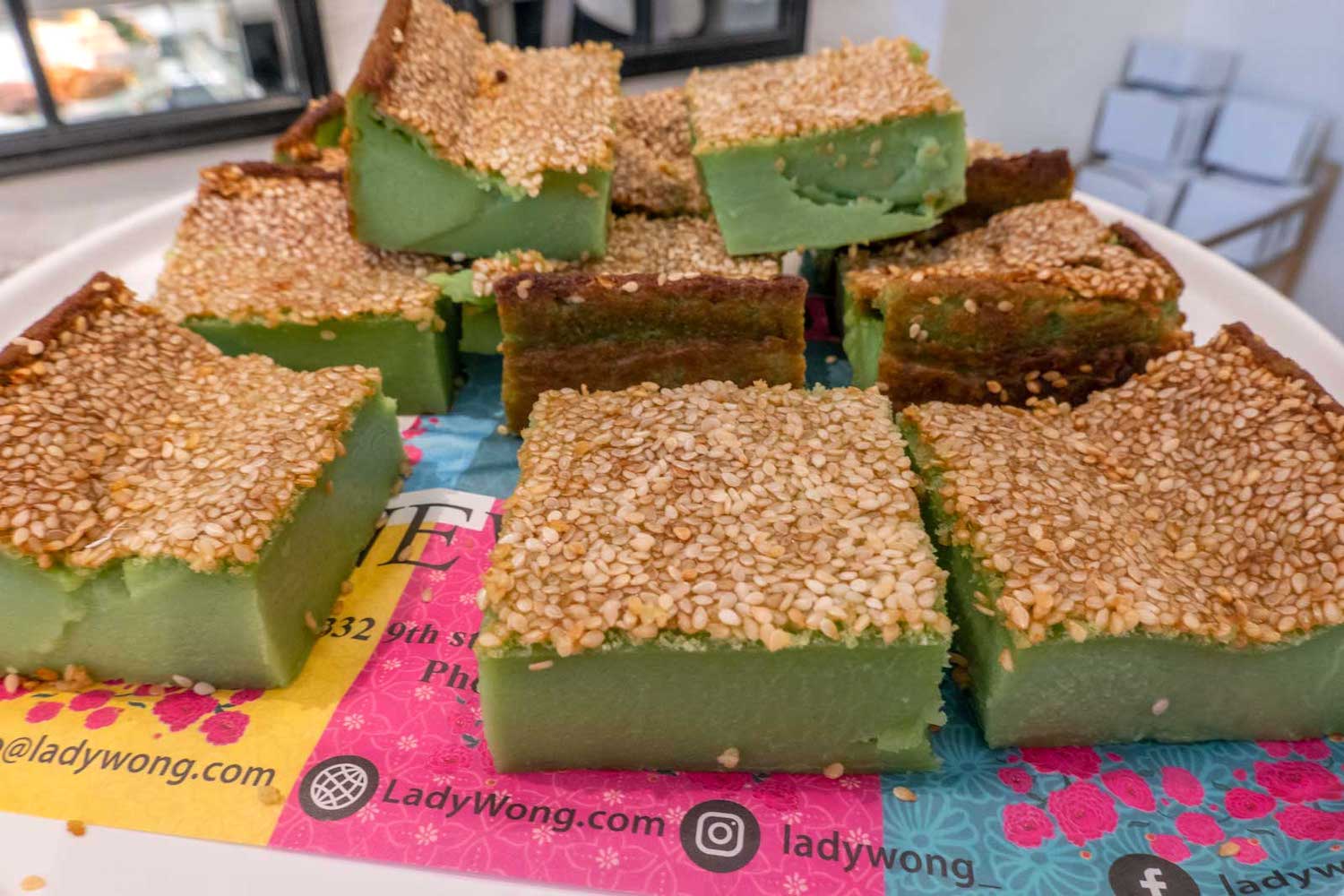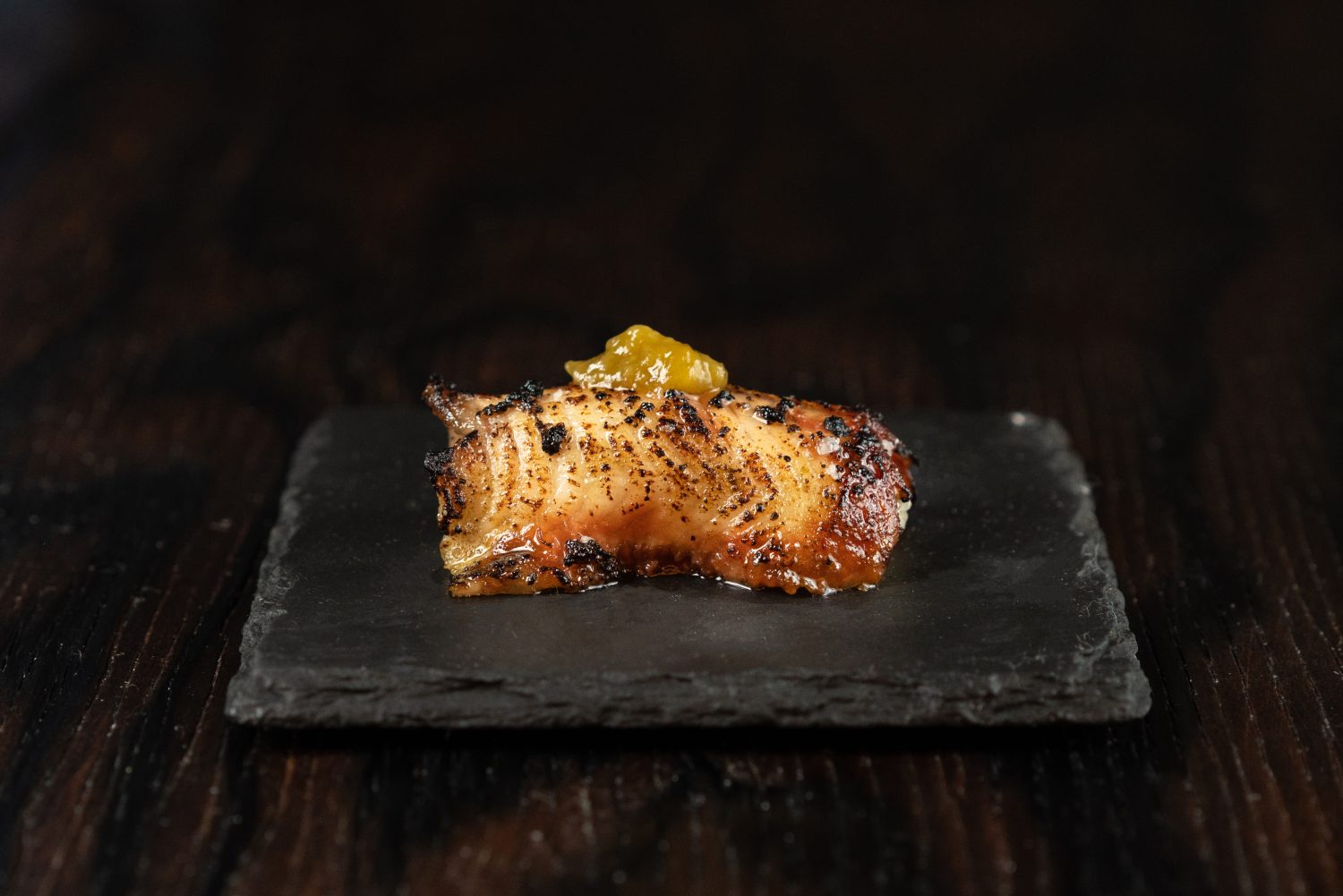It’s an exciting time to dine out in America. Concepts like Korean steakhouses, South Indian tasting menus and Filipino bakeries are just a few of the creative new restaurants that are cropping up across the country and introducing the culinary diversity of Asia. Their success is revealing: American diners are hungry for international flavors.
Although restaurant menus reflect a wider range of cultures than ever before, global flavors remain underrepresented in home cooking. This was recently brought to my attention when my boyfriend’s childhood friend visited us in NYC. Seeing staples like sesame oil and Kewpie mayo in my cupboard, he confessed that while he’d love to expand his cooking repertoire with new flavors, he wouldn’t know where to start. Having grown up together in a predominantly white suburb, their diets are admittedly fueled by a familiar rotation: homemade BECs, chicken wings, leftover pizza — you get the idea.
My mind began swirling with ideas. It’s easier than you think to give everyday recipes flavor that you might typically attribute to dining out, and it all starts by bringing in a few new ingredients. I listed some of the Asian pantry staples I use and asked six chefs what they stock both at home and at their restaurants. Of course, it would be impossible to represent the whole gamut of Asia’s culinary diversity, but consider this list a starting point that will open the door to a world of bold and exciting flavors.

Chili Crisp
Chili crisp is having its much deserved moment in the spotlight. For those who like it hot, it’s an easy way to add both heat and crunch to savory concoctions. Drizzle it on fried eggs or to literally spice-up a wrap, tofu or slice of pizza (we even used it to fat-wash tequila for a kicked-up Marg). It can elevate even the laziest of frozen meals, from microwavable dumplings to mac and cheese (a friend of mine swears by it).
We like: Fly By Jing Sichuan Chili Crisp
Miso
Chef Nick Wang of Brooklyn omakase Enso affirms that heartwarming miso soup is a classic for a reason. “When it’s midnight and you’re hungry, a few tablespoons of miso paste boiled in hot water [or seaweed broth] is the perfect comfort food,” he says. He shares that he loves this late-night snack for its added health benefits: Miso is packed with probiotics and antioxidants. The seasoning’s natural saltiness can also act as a salt cure. He suggests using it to marinate salmon or combining miso with honey or Dijon mustard to create an elevated glaze. As a home baker with a terrible sweet tooth, a tablespoon of miso makes for an unexpected savory note in my homemade chocolate chip cookies.
We like: Hikari Organic Miso White Miso
Za’atar
Za’atar is a staple herb blend in Middle Eastern cuisine. It varies by region, but it typically contains at least oregano, thyme and sumac. Make no mistake: Spice doesn’t always mean heat, as Chef Nahid Ahmed of New York City’s Luthun reminds us. Za’atar is vibrant and earthy, lending well to smokiness. Follow the rule “what grows together, goes together,” and sprinkle herbaceous za’atar over hummus (or any dip for that matter) and consider it with charred eggplant, roast chicken or sweet potatoes.
We like: New York Shuk Za-atar

Pandan
I can’t seem to go a week without hearing praise for pandan, the “vanilla of Southeast Asia.” I love its subtle aroma and tropical twist, and everyone from bakers to mixologists are taking note of its distinct depth when used as a sweetener. “Ingredients like [pandan] bring an extra layer of sensory experience,” says Max Wittawat, executive chef of Thai hotspot Bangkok Supper Club. “They transform simple dishes into something memorable.”
Ready-made extract can be purchased, but fresh pandan juice has a different quality to it; even Wittawat makes his own. Chop pandan leaves, blend with water and then strain using a cheesecloth to draw out the essence. You’re left with a lush green juice that can be used as a vanilla substitute.
Get Acquainted With the Wonderful World of Japanese Convenience Stores
Every food item you need to try from a konbiniXO Sauce
Hong Kong dishes are known for their decadence, so it’s no surprise that luxurious XO sauce hails from the city. The savory condiment is made with an indulgent medley of scallops, shrimp and cured ham that’s combined with chili and garlic. At upscale Szechuan/Ningbo restaurant YongChuan, chef and owner Tony Li makes his own house blend to serve with dumplings but insists that XO sauce’s bold profile can enhance a variety of cuisines. He likes to stir a spoonful of XO sauce, chunks and all, into aglio e olio for a briny twist, or fold it into a seafood risotto right before serving.
We like: Lee Kum Kee Xo Sauce
Ssamjang
This thing is sold by the tub for a reason: It’s simply addicting, especially when paired with a protein. Ssamjang is a thick condiment made of fermented soybeans that’s regularly served at Korean barbecues to cut the meat with umami and a hint of nuttiness. At home, the same rules apply. I prepare a side of ssamjang to complement grilled steak or pork chops.
We like: O’Food Mild Ssamjang Original Seasoned Soybean Paste
Dashi
Dashi stock is the rich, savory base behind slurp-worthy ramen. Made by steeping tea bag-like packets, dashi broth is flavorful, but Chef Ivan Orkin of Ivan Ramen says the real magic is on the inside. He likes to tear open the packets and sprinkle the mix of dried kelp, bonito flakes and roasted fish into vegetable sautés. Even topping a serving of plain rice with dashi flakes is a way to elevate the ordinary.
We like: Kayanoya Original Dashi Stock Powder and Kayanoya Original Vegetable Stock Powder
Timur Pepper
In Texas, Chef Sarabjit Singh Assi of Sanjh uses a Nepalese spice called timur pepper to bring a nuanced South Asian touch and bright complexity to classic preparations. The “berry of Nepal” has a subtle citrus aroma that pairs nicely with red meats and barbecue. He suggests experimenting with timur pepper in smoked and grilled items, as well as gravies and jus.
The most important thing to remember is that sourcing is key when it comes to lesser-known spices. “Organic options are often more potent,” Assi says. “Try to not use the dried pepper whole. Instead, work with its essential oils to capture the spice’s most fragrant and flavorful qualities.”
We like: Burlap & Barrel Wild Timur Pepper

Yuzu Kosho
Yuzu kosho is unique in that it packs a punch, but its citrus factor yields a luminosity. That’s why I love a dot of yuzu kosho on fatty dishes: It cuts the richness with a zesty heat. Lean into the paste’s refreshing characteristic by substituting lemon zest in recipes, like in a creamy salad dressing or to top hamachi crudo.
We like: Yuzuco Green Yuzu Kosho
Every Thursday, our resident experts see to it that you’re up to date on the latest from the world of drinks. Trend reports, bottle reviews, cocktail recipes and more. Sign up for THE SPILL now.

























